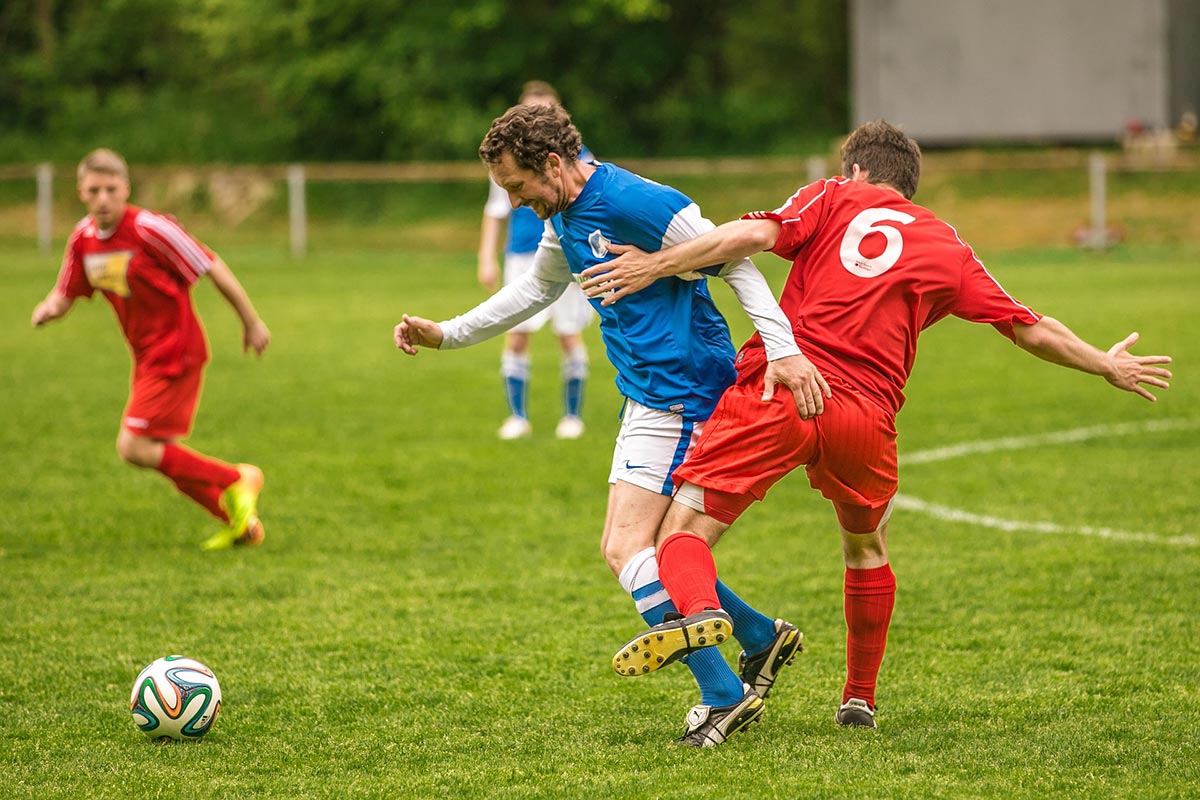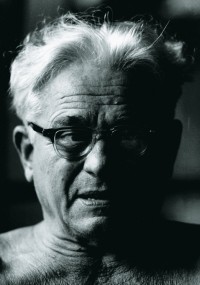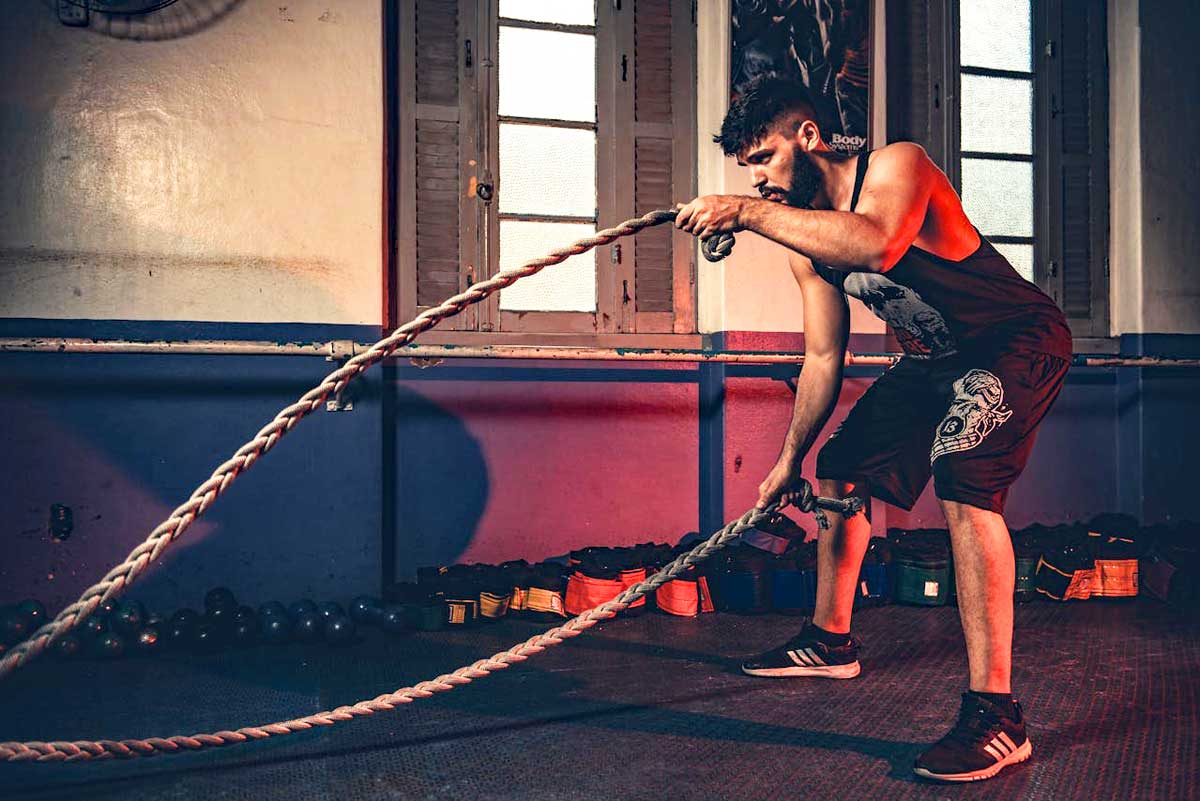Understanding the specific physical demands placed on soccer players based on their positions is crucial for optimizing training programs and enhancing on-field performance. A compelling study conducted in Britain aimed to evaluate the physical requirements of players in the English Football Association (FA) Premier League, focusing on three distinct positional classifications: defender, midfielder, and striker. The English Premier League, renowned as the top-tier soccer league in England, provides an ideal subject pool, as its players often represent their respective countries in international competitions, including the World Cup. The data collected and analyzed from this study, therefore, offers valuable insights into the physical demands of elite-level soccer.
Methodology: Capturing Player Movement Through Advanced Technology
The study employed computerized time-motion video analysis using the Bloomfield Movement Classification (Motion Analysis of Individual Players in Dynamic Movement Sports) to assess the purposeful movement (PM) performed by 55 players. The player pool consisted of 18 defenders, 18 midfielders, and 19 strikers, representing 12 different teams. Notably, all participating players had an average of 36.35 ± 25.21 full international appearances for their respective countries at the time of the study, further emphasizing the high caliber of the subjects. Data collection took place during the 2003-2004 season using publicly televised matches broadcast by Sky Sports (British Sky Broadcasting Group, UK). An individual PlayerCam tracked each player throughout the entire 90-minute game, ensuring that only players who completed the full match with no more than 30 seconds of stoppage at any given time were included in the analysis. This rigorous methodology ensured the accuracy and reliability of the collected data.
Key Findings: Positional Differences in Movement Patterns
The study's results provided valuable insights into the distinct movement patterns of different soccer positions. Notably, less than half of the "purposeful movement" observed was performed in a forward direction, highlighting the multidirectional nature of soccer. All players exhibited variations in the intensity of their movements and performed numerous turns during maneuvers. However, significant differences emerged between midfielders, strikers, and defenders, underscoring the importance of position-specific training. These findings challenge the traditional approach of generic fitness training for all players and emphasize the need for individualized programs tailored to the specific demands of each position. The study's results provide a scientific basis for optimizing training strategies and enhancing player performance.
The Defender: Emphasis on Jogging, Shuffling, Jumping
Defenders exhibited the highest amount of jogging, skipping, and shuffling movements and spent significantly less time sprinting and running compared to other positions. Similar to strikers, defenders frequently fall to the ground and need to recover quickly. Central defenders, in particular, perform a high number of jumps, primarily backward, for heading the ball. This highlights the importance of lower body strength and explosive power for defenders. They also need to be strong to effectively compete with opposing strikers in physical challenges. This combination of movement patterns emphasizes the need for training programs that focus on agility, quickness, and lower body strength for defenders.
The Midfielder: Covering Ground, Maintaining Possession
Midfielders, in contrast to defenders, spent significantly less time standing still and shuffling, while dedicating the most time to running and sprinting. This finding aligns with previous research indicating that midfielders cover the largest overall distances during matches. The study also revealed lower levels of shuffling movements and higher levels of possession actions in midfielders compared to strikers. This difference likely reflects the distinct spatial and time demands of gameplay for these positions. Midfielders are often involved in linking play between defense and attack, requiring them to cover large distances and maintain possession of the ball. The study also emphasized the importance of vertical jumping ability for midfielders, crucial for winning aerial duels. This highlights the need for a training program that emphasizes endurance, agility, and jumping power for midfielders.
The Striker: High-Intensity Contact and Explosive Movements
Strikers emerged as potentially the physically strongest players on the pitch, engaging in the most high-intensity physical contact. Effectiveness in pushing and pulling activities, along with the ability to withstand being pushed and pulled, is crucial for strikers. The study also observed higher levels of sudden stopping at high intensity, as well as more rapid weaving and slowing movements among strikers. These high-impact activities place significant shearing forces on the lower limbs, emphasizing the importance of appropriate strength training and prehabilitation practices to prevent injuries. This specific movement profile highlights the need for training programs that focus on strength, power, agility, and injury prevention for strikers. This targeted approach ensures that strikers are physically prepared for the unique demands of their position.
Implications for Training: Tailoring Programs for Optimal Performance
This study provides valuable insights for coaches and trainers seeking to optimize player performance in soccer. By understanding the specific physical demands of each position, training programs can be tailored to address the unique needs of defenders, midfielders, and strikers. This position-specific approach can lead to significant improvements in player performance, reducing the risk of injury and maximizing their potential on the field. This research underscores the importance of moving beyond generic fitness training and embracing a more individualized approach that considers the distinct requirements of different playing roles.
1 Bloomfield, J., Jonsson, B., & Polman, R. (2007). A study of the physical demands of FA Premier League soccer players. Journal of sports science & medicine, 6(1), 63. 2 O'Donoghue, P. (1998). A time-motion analysis of elite soccer. In Science and football III (pp. 104-108). Routledge. 3 Reilly, T., & Thomas, V. (1976). A motion analysis of work-rate in different positional roles in professional football match-play. Journal of Human Movement Studies, 2(3), 87-97. 4 Rienzi, E., Drust, B., Reilly, T., Carter, J., & Martin, A. (2000). Investigation of physiological responses to multi-sprint work in professional soccer. Science and football IV, 271-275.













